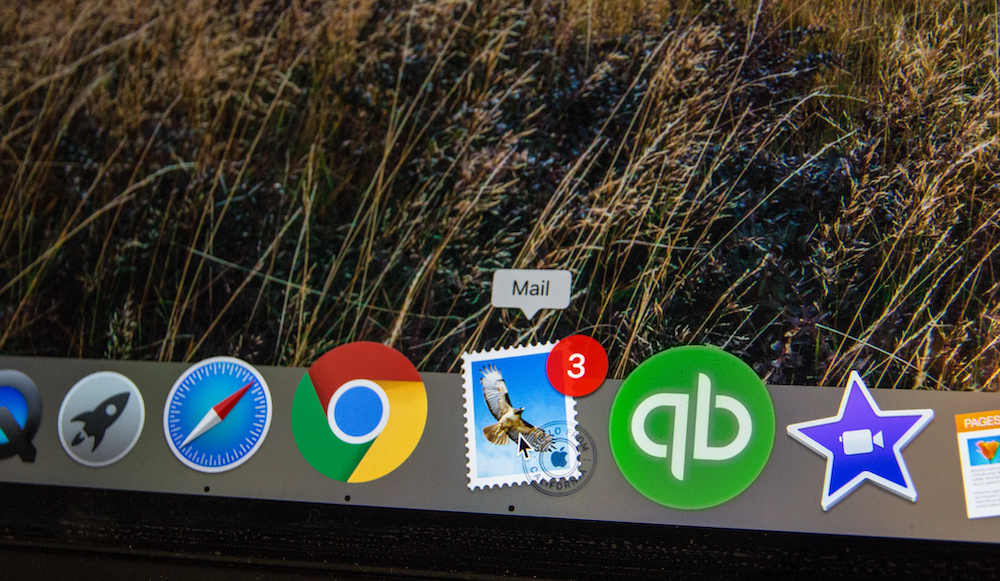Why pay thousands of dollars on advertising when you can directly communicate a targeted message to a targeted audience with email for a fraction of the cost if not free? But if you’ve decided email will be a key component to your marketing strategy, then how do you know what will work and what won’t without annoying your targeted prospects with poorly planned, sloppily written, or non-compelling calls to action.
Email marketing, like websites done effectively, will communicate, educate, and motivate; they drive traffic to destinations that foster stronger perpetual inbound marketing activities, nurture prospects and generate leads. Knowing which type of email is paramount success:
- Inbound Drivers: Emails that primarily communicate or drive traffic to specific web pages, blogs or informational areas designed primarily for establishing credibility or though leadership.
- Nurturers: Emails that primarily drive secondary action or education opportunities to individuals who have previously expressed interest in a specific topic in order to lead them through and educational process meant to establish “need to have” criteria and acceptance.
- Lead Generators: Emails that primarily drive conversion opportunities via value exchange items
There are numerous blogs, whitepapers and infographics that describe the best practices for email marketers. One of the better one with last advice was actually published in September of 2011 on the Hubspot Inbound Hub by Jamie Turner titled “9 Email Marketing Best Practices For Lead Gen” which offers the following list:
- Use incentives to increase open rates
- Stick to fewer than 3 typefaces
- Keep the Main Message and Call-To-Action above the fold
- Keep your email to 500-650 pixels wide
- Put you logo in the upper left-hand side of the email
- Write compelling subject lines
- Use auto-responder for Opt-ins
- Closely tie emails to landing pages
- Conduct a 5-second test


Recent Comments